
DIY Apple Cider Vinegar: Cheap, Delicious, and Safe to Make at Home
DIY Apple Cider Vinegar: Cheap, Delicious, and Safe to Make at Home
With just a few simple ingredients, you can make your own apple cider vinegar (ACV) at home. This fragrant, tangy vinegar is not only great in cooking but also popular for its health and beauty benefits, including weight loss support.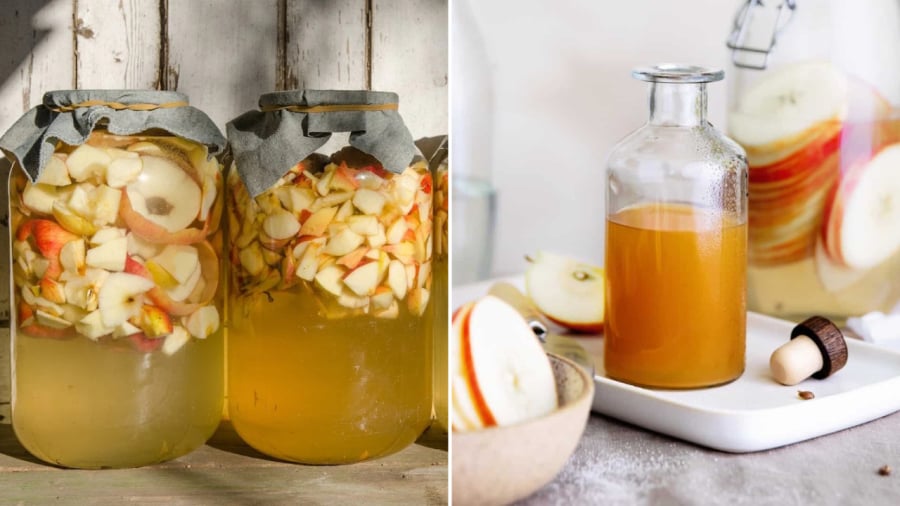
Why Apple Cider Vinegar Is So Popular
Apple cider vinegar has a mild aroma and a pleasantly sour taste. It’s used in a variety of dishes and can also be diluted with water to drink as a weight loss aid. Additionally, it’s widely used in natural skin and hair care routines.
Studies show that taking 1–2 tablespoons (15–30ml) of apple cider vinegar daily can help reduce body weight by about 1.2–1.7kg over 3 months in adults. Simply dilute it in water or use it in salad dressings.
Instead of buying commercial products, you can make ACV at home—it’s simple, affordable, and much safer with no additives.
Method 1: Apple Cider Vinegar From Scratch
Ingredients:
-
1 kg apples
-
1 liter of boiled and cooled (or bottled) water
-
1 small bowl of sugar (rock sugar, brown sugar, or white sugar)
-
A clean glass jar for fermentation
Choose firm, fresh apples—either green or red. Avoid large, soft apples as they produce a less flavorful vinegar. Make sure your glass jar is sterilized with boiling water and completely dry before use.
Instructions:
-
Wash the apples thoroughly, soak in salt water, then rinse with clean water. You can peel them or leave the skins on, depending on preference.
-
Cut the apples into small slices and remove the seeds.
-
Layer the apple slices and sugar alternately in the jar.
-
Pour in enough water to fully submerge the apples, but leave some space at the top for fermentation gases to escape.
-
Seal the jar loosely and leave it in a cool, dry, and well-ventilated place for 2 weeks.
-
During this time, open the lid occasionally to release any gas buildup.
-
After 2 weeks, taste the vinegar. The longer you ferment, the tangier it becomes.
-
Once the flavor is to your liking, strain out the solids and pour the liquid into a clean bottle.
-
Let it sit for another 2 weeks before using.
The finished vinegar should be light yellow, slightly cloudy, with a mildly sour taste and a pleasant aroma.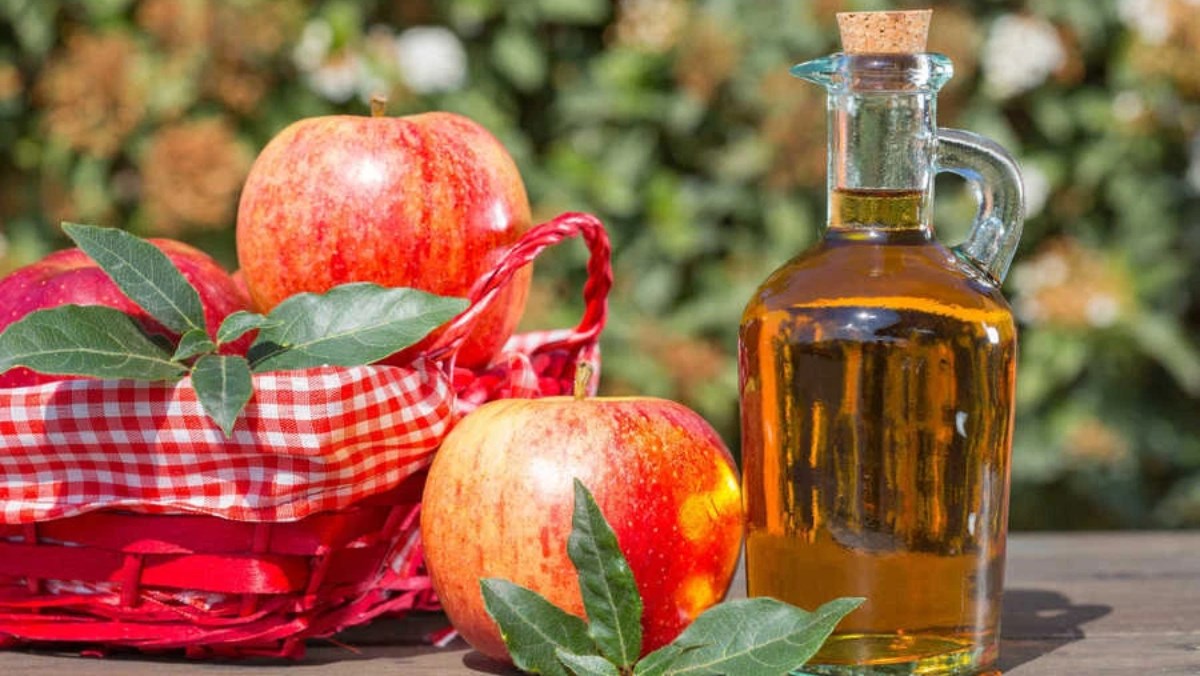
Method 2: Quick Apple Cider Vinegar Using Rice Vinegar
Ingredients:
-
4 apples
-
200g sugar
-
400ml rice vinegar
Using rice vinegar helps speed up fermentation and enhances the final flavor.
Instructions:
-
Wash the apples, soak them in salt water to remove bacteria, rinse again and let dry.
-
Slice the apples into small pieces and remove the seeds.
-
Layer the apples and sugar in a jar, then pour in the rice vinegar.
-
Close the lid and store the jar in a cool, dry place. Occasionally open it to let gases escape.
-
Once the vinegar turns golden and tastes sour with a pleasant aroma, strain out the solids.
-
Transfer the finished vinegar to a clean bottle and seal tightly.
You can store the vinegar in a cool, dry place or in the fridge. Some natural sediment may settle at the bottom—this is normal and safe. Simply shake the bottle before use.
Homemade apple cider vinegar is natural, chemical-free, and delicious—perfect for both culinary and wellness purposes!
News in the same category


Sweet Potatoes Are Not Good for These 3 Groups of People

Washing Machines Have a Special Mode That Dries Clothes Faster

Flight attendant explains why cabin crew members always sit on their hands during takeoff

Why do Japanese people put towels on their heads when bathing in hot springs?

5 Areas of the Body Turning Black May Indicate Can.cer

A Woman Hospitalized After Eating Refrigerated Watermelon

The Man with Blo.od ‘As Thick as Pork Fat’ Because of Something Many People Love
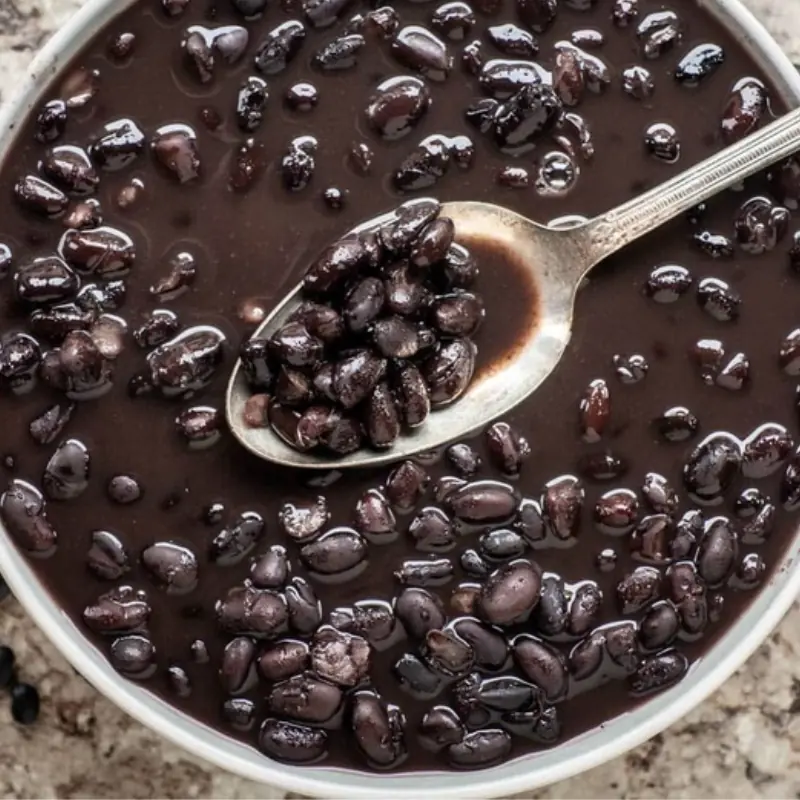
American Doctor Reveals the "3 Seeds, 2 Vegetables, 1 Meat" Best

3 benefits of old toothbrushes you must know

At 32, Already Suffering from Kid.ney and He.art Failure

Keep the Bathroom Door Open or Closed When Not in Use?

he Leaves of This Plant Are as Precious as the “Ginseng of the Poor,”

Japan Announces 5 Foods to Eat Daily

Why do elevators have mirrors? The manufacturer gives 3 reasons that surprise many people
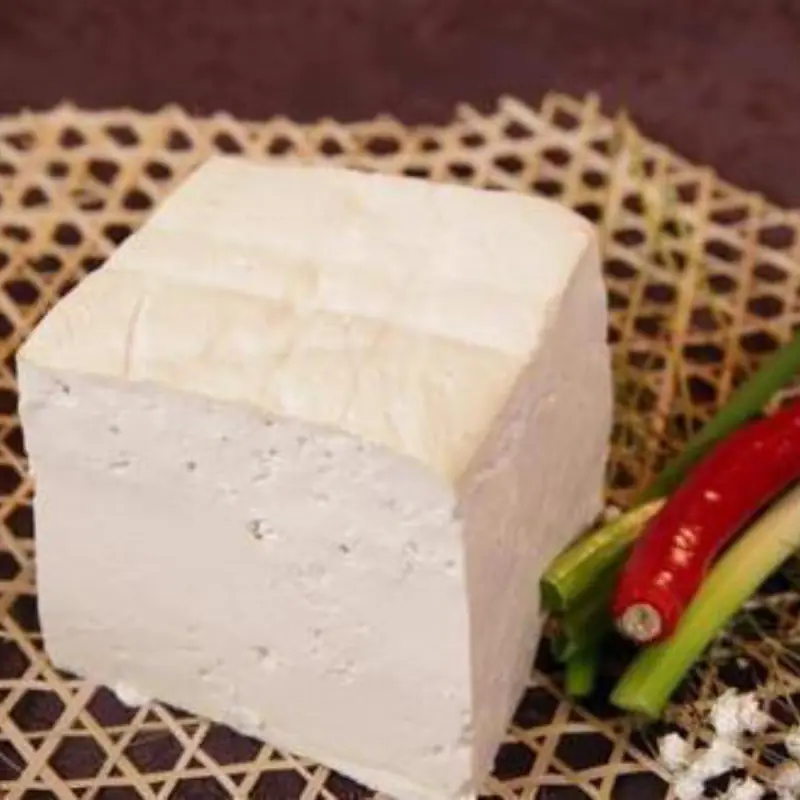
These 5 Foods Can Wreck Your Kid.neys Faster Than Alcohol

Doctor explains why you should always shower at night instead of the morning

What Is the Black Round Hole Next to the Camera on an iPhone For?
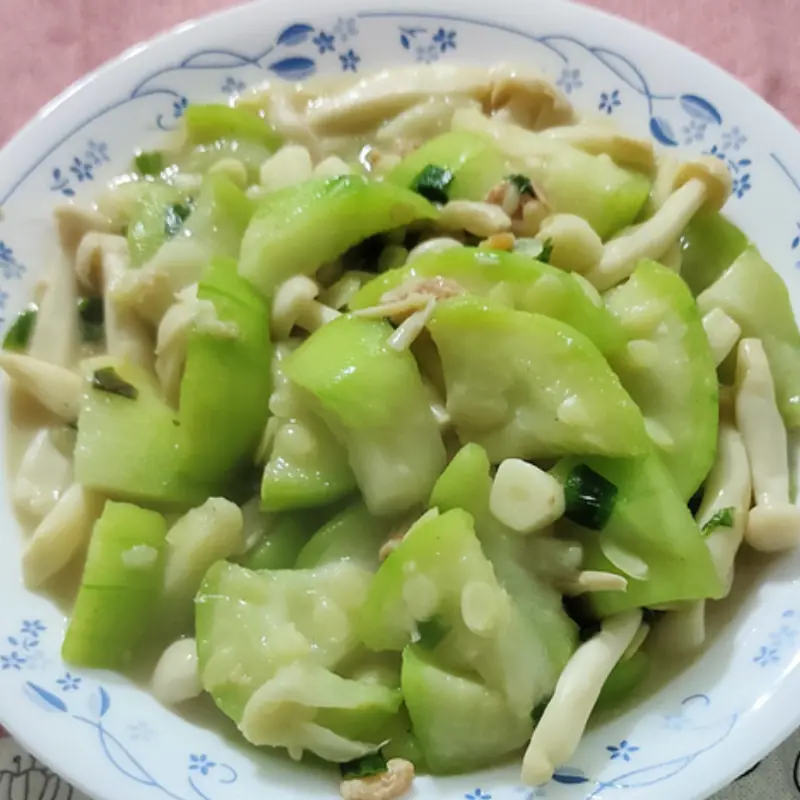
5 Types of Pesticide-Free Vegetables as Nutritious as Ginseng

4 “ki.ll.ers” that cause cancer right in your home
News Post

When Buying Oysters, Never Choose These 3 Types

Don’t Buy These “4 Types” of Pork Ribs No Matter How Cheap They Are

4 Best-Selling Items on E-Commerce Platforms Exposed to Contain Carcinogens

Just After Changing into My Wedding Dress, My Mother-in-Law Slipped Me a Bankbook and a Haunting Message
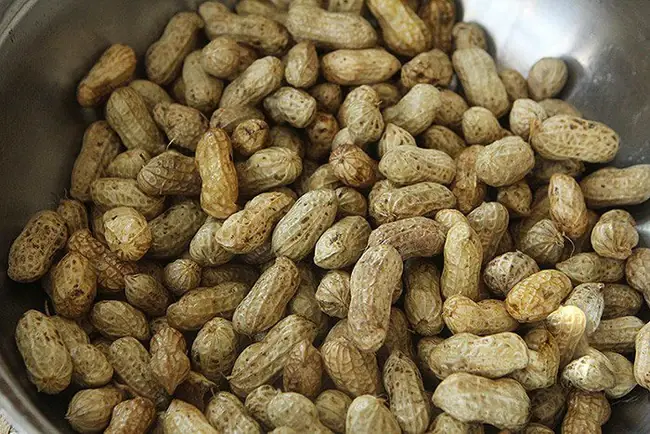
4 Surprising Changes Your Body Will Experience in Just Half a Year

Not milk or dried shrimp – this is the real “Calcium King” that many people overlook

Man develops 'pork worms' in his br.ai.n after years doing this specific cooking habit

Diabetes can 'show' strange signs in the neck: If you see them, don't ignore them

3 Drinks Called the “Calcium Drainers” But Many People Still Love
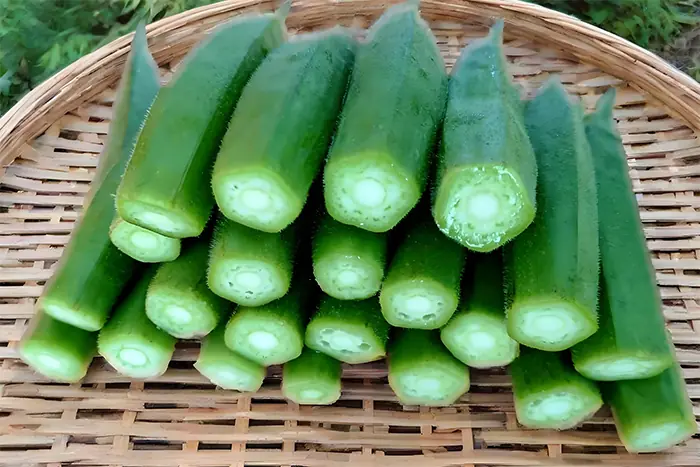
4 Surprisingly “Clean” Vegetables with Minimal Pesticides

3 Lucky Plants That Bring Prosperity and Wealth

6 Golden Habits to Help Seniors Reduce the Risk of Cerebral Infarction

One Part of Chicken Contains Four Times More Cholesterol Than Pork Fat

Sweet Potatoes Are Not Good for These 3 Groups of People
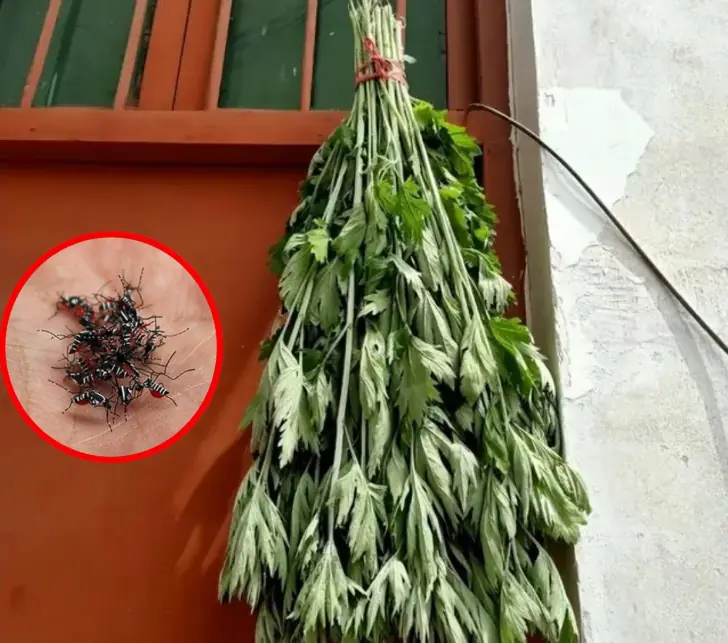
Just hang a handful of these leaves in front of your door - flies and mosquitoes will disappear

Want the Health Perks of Coffee? Here’s the Best Time to Drink It

Taylor Swift and Travis Kelce announce engagemen

Washing Machines Have a Special Mode That Dries Clothes Faster

Flight attendant explains why cabin crew members always sit on their hands during takeoff
